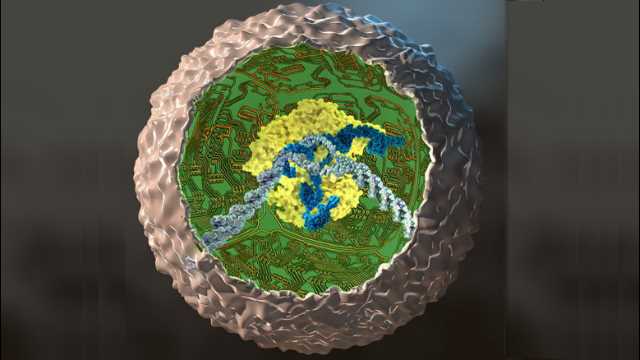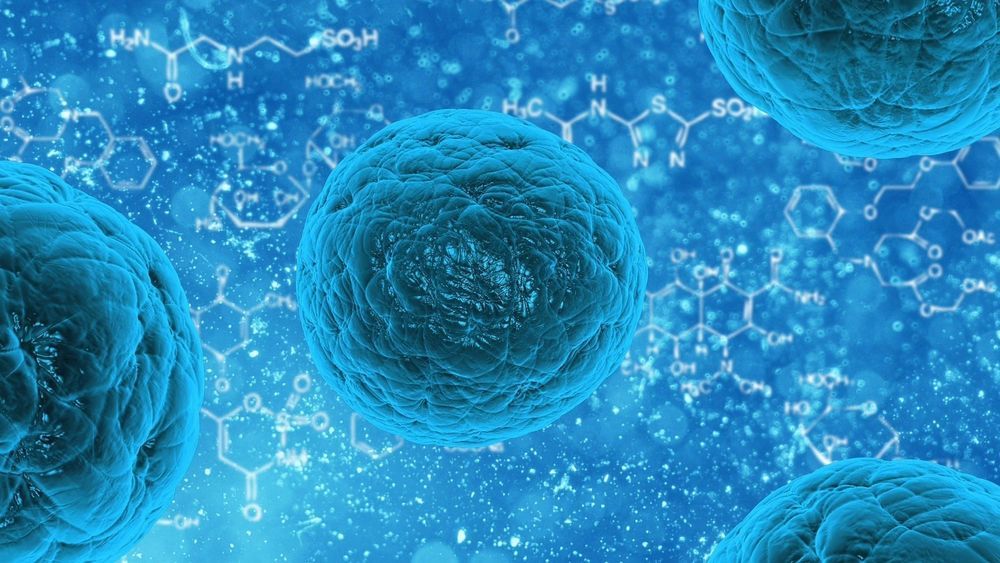Researchers at Stanford University have demonstrated they can rejuvenate human cells, making them more like young cells again, by rewinding an epigenetic aging clock.



The plaintiffs have sought $20 trillion, which is a bigger amount than China’s GDP, claiming coronavirus is the result of a biological weapon prepared by the Chinese authorities.
They have accused China of aiding and abetting death, provision of material support to terrorists, conspiracy to cause injury and death of US citizens, negligence, wrongful death, and assault and battery.
Also read: Coronavirus impact: India to produce hazmat suits locally as global suppliers say no.

Using new gene-editing technology, researchers have rewired mouse stem cells to fight inflammation caused by arthritis and other chronic conditions. Such stem cells, known as SMART cells (Stem cells Modified for Autonomous Regenerative Therapy), develop into cartilage cells that produce a biologic anti-inflammatory drug that, ideally, will replace arthritic cartilage and simultaneously protect joints and other tissues from damage that occurs with chronic inflammation.

I have not been a supporter of an extended public quarantine or shut down, if any. There are a number of reasons why (governments steal liberty during such times; national debt increases and is used to the point of total socialism; inequality becomes permanent; etc), but in this letter below to everyone I want to talk specifically about why a quarantine is ultimately harming the life extension and #transhumanism movements. Don’t ever forget, we are in a race to save the lives of “everyone” right now with the plague of aging, not just those who might get #coronavirus.
Dear Fellow Humans.
If you believe in the life extension movement of trying to live indefinitely through science and technology, then you likely should not support the worldwide quarantine (at least don’t support it over 14 days in the West where we don’t have the ability to do it as efficiently as Asia). It’s horrible that so many lives will be lost by COVID-19, but in a worse-case scenario it’s likely 100 million people will die globally (mostly older people who have only a few years left to live due to their underlying medical conditions of aging — and who have likely been kept alive due to science and 21st Century medicine anyway). But the damage we could cause (and almost certainly are causing) with the quarantine and shut down to the US and global economy may cost the life extension movement and its scientific research possibly three to five years of progress — because the funding, projects, and jobs around the anti-aging industry will disappear for a notable time. The math shows that if we achieve indefinite lifespans for the human race by the year 2035 vs 2040, approximately 250 million lives will be spared and could then go on indefinitely. The aging math (or life hours) for any transhumanist shows that if we care about human life and longevity — about how long people alive today live — then we should not quarantine the world right now, but get the economy going again as a first priority so that we may fund the future of anti-aging science for the species. Some of us call this reasoning the Transhumanist Wager. For the sake of everyone alive today, it must be acknowledged that there is a dramatically larger percent gain (many thousands of percent) of overall life years for our species by not quarantining and shutting down the world. This is all a horrible scenario, and one I am terribly sad to share with you, but that doesn’t mean we should cower from facts. We owe our species the most courageous decision for its long-term longevity of all its living citizens.
Live long and prosper, Zoltan Istvan
*****

Old human cells return to a more youthful and vigorous state after being induced to briefly express a panel of proteins involved in embryonic development, according to a new study by researchers at the Stanford University School of Medicine.
The researchers also found that elderly mice regained youthful strength after their existing muscle stem cells were subjected to the rejuvenating protein treatment and transplanted back into their bodies.
The proteins, known as Yamanaka factors, are commonly used to transform an adult cell into what are known as induced pluripotent stem cells, or iPS cells. Induced pluripotent stem cells can become nearly any type of cell in the body, regardless of the cell from which they originated. They’ve become important in regenerative medicine and drug discovery.


Coronavirus RNA survived for up to 17 days aboard the Diamond Princess cruise ship, living far longer on surfaces than previous research has shown, according to new data published Monday by the Centers for Disease Control and Prevention.
The study examined the Japanese and U.S. government efforts to contain the COVID-19 outbreaks on the Carnival-owned Diamond Princess ship in Japan and the Grand Princess ship in California. Passengers and crew on both ships were quarantined on board after previous guests, who didn’t have any symptoms while aboard each of the ships, tested positive for COVID-19 after landing ashore.
The RNA, the genetic material of the virus that causes COVID-19, “was identified on a variety of surfaces in cabins of both symptomatic and asymptomatic infected passengers up to 17 days after cabins were vacated on the Diamond Princess but before disinfection procedures had been conducted,” the researchers wrote, adding that the finding doesn’t necessarily mean the virus spread by surface.

Revealing yet another super-power in the skillful squid, scientists have discovered that squid massively edit their own genetic instructions not only within the nucleus of their neurons, but also within the axon — the long, slender neural projections that transmit electrical impulses to other neurons. This is the first time that edits to genetic information have been observed outside of the nucleus of an animal cell.
The study, led by Isabel C. Vallecillo-Viejo and Joshua Rosenthal at the Marine Biological Laboratory (MBL), Woods Hole, is published this week in Nucleic Acids Research.
The discovery provides another jolt to the “central dogma” of molecular biology, which states that genetic information is passed faithfully from DNA to messenger RNA to the synthesis of proteins. In 2015, Rosenthal and colleagues discovered that squid “edit” their messenger RNA instructions to an extraordinary degree — orders of magnitude more than humans do — allowing them to fine-tune the type of proteins that will be produced in the nervous system.

